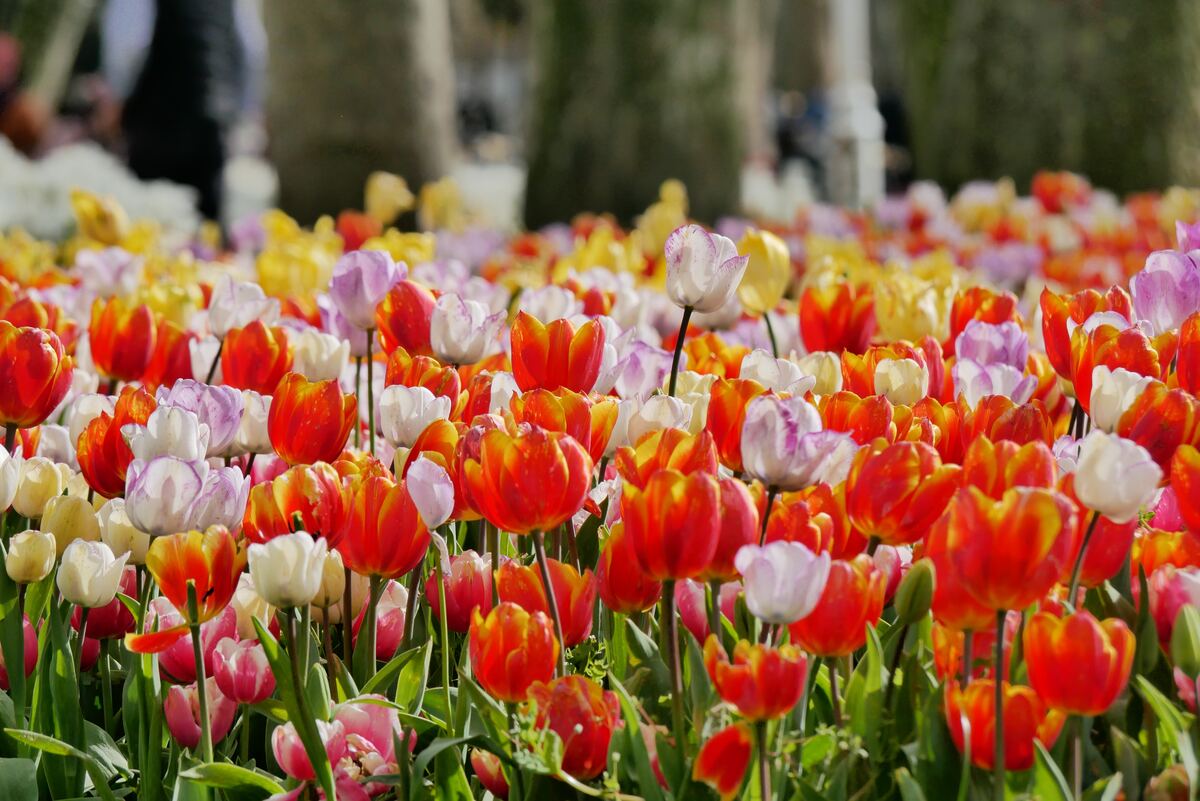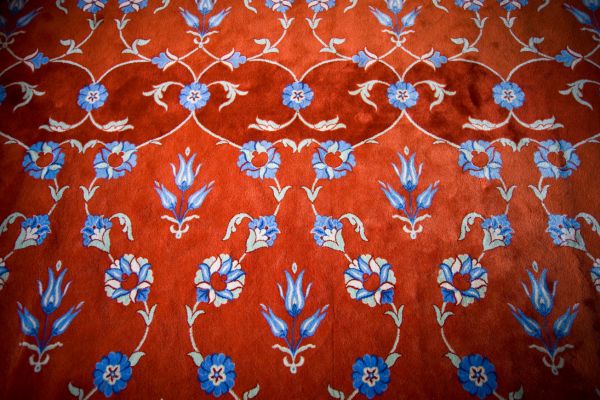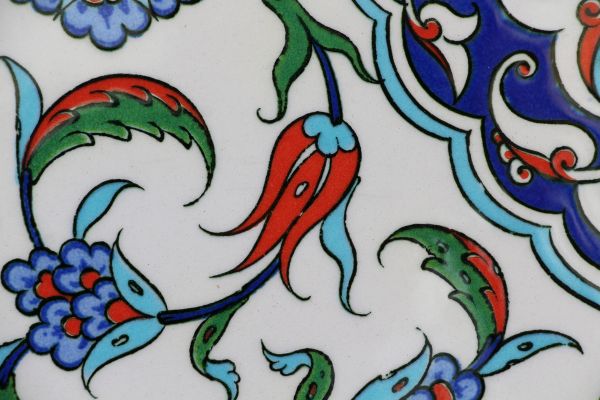Turkey is known for many things – its history, unique culture, warm locals, and stunning beaches. But if you’re ever wondering what is the National flower of Turkey, then you’ve come to the right place.
The national flower of Turkey is the Tulip (Tulipa), or Lale in Turkish. The Tulip is a special flower in Turkey, and its history and significance go back centuries.
If you’re interested in learning more about why the Tulip is the National Flower of Turkey, then keep reading to learn about how this flower became a national emblem, its significance, symbolism, and cultural importance.
History of The National Flower of Turkey
Tulips were first introduced to Turkey in the 16th century by the Ottoman Empire’s ambassador to the court of Vienna, Ghazi Kheyr-ed-Din.
The flower is said to originate from Kazakhstan, which after it was conquered by the Ottoman Empire, was found in the mountains by the leader of the army.
Impressed with its beauty, the tulip was bought back to Turkey and planted in the capital of the Empire, Constantinople, now modern-day Istanbul.
The flower quickly became popular, with sultans and wealthy Ottoman families including them in their gardens, and indeed in many of the city gardens in Istanbul.

In fact, many people used to travel far and wide to visit Istanbul to see the tulips when they were in bloom at the start of Spring, which later went on to inspire the Istanbul Tulip Festival, which is held annually every year in March/April.
In ancient times, the Sultans would hold parties to celebrate the blooming of the Tulip, but now they are celebrated in a city-wide affair, where millions of tulips are displayed around Istanbul’s public gardens.
But during the reign of the Ottoman Empire, up until the late 18th century, tulips were not only used for decoration but as a status symbol. It was a flower reserved for the Sultans, wealthy people, and esteemed members of Sultan’s court.
How the Tulip Ended Up in Holland
When people think of Tulips, they think of Holland. The tulip was believed to have been bought over to Holland from Turkey in the 16th century when a botanist named Charles de L´Ecluse, bought the bulbs back from Turkey and grew them in his private garden.
It was said that bulbs were then stolen from his garden, and they soon spread across Holland.
Characteristics of The Turkish Tulip
Turkish Tulips are renowned for their unique shape and vibrant colors. They are tall and slim, with a distinct pointed petal shape, and the colors range from bright reds, pinks, and yellows to softer pastel shades.
The bulbs are also unique in that they grow in clusters, rather than being singular like most tulips.

Significance of The National Flower of Turkey
The tulip has significant cultural and historical importance in Turkey. It represents both the Ottoman Empire’s wealth and power and the country’s rebirth and renewal following World War I.
When you look back through paintings and artwork, and even stories and poems from the Ottoman Empire, a tulip is often featured.
In the year 1730, it was also known as the Tulip Period. This is when the cultivation of tulips became widely accessible across Europe, and the Ottoman Empire began to expand out into European countries and bring their symbolic flower with them.
The flower has also become a symbol of Spring and renewal and is closely associated with the annual Istanbul Tulip Festival.
The symbolism of The National Flower of Turkey
Tulips are a ubiquitous symbol in Turkish culture and still to this day can be found throughout art, textiles, ceramics, and architecture.
The motifs are used in traditional Turkish patterns and designs, and the flower’s distinct shape can be seen in the domes of many Ottoman-era mosques and adorning the facade of palaces.


While tulips were traditionally a symbol of wealth and power in the days of the Ottomans, today they are more commonly symbolic of feminine beauty, perfection, and paradise.
In Turkish Art, it is also believed that the tulip was used to symbolize protection. It is believed that the tulip can protect from evil, as it was frequently embroidered into clothing and painted onto walls in religious buildings, such as the Sinanâs Rustem Pasha Mosque in Istanbul.
Tulip Souvenirs from Turkey
The tulip motif has inspired a wide range of souvenirs and gifts, from traditional textiles and ceramics to modern art pieces.
If you would like to pick up some souvenirs from Turkey that feature the Tulip, here are some common items that you may find with Tulips in the design.
1. Cai (Turkish Tea) Glasses

Visitors to Turkey can purchase tulip-shaped tea glasses, which are common throughout Turkey. Tulip-shaped tea glasses haven been an iconic feature in most households and restaurants throughout Turkey, and have been used for centuries to serve tea.
Although no one knows where the tradition of drinking tea from a tulip-shaped glass came from, it has become a symbolic feature of Turkey and the clear glass allows the drinker to appreciate the color of Turkish tea.
2. Tulip-patterned tablecloths
Tablecloths with tulips embroidered into the pattern have been a staple piece since Ottoman times. Traditional Turkish textiles are often brightly colored with tassels and intricate designs.
You won’t find it difficult to find a tablecloth with tulips in the design wherever you shop for souvenirs.
3. Ceramics with tulip decoration
Bowls, cups, and plates with tulips on them have been popular handicrafts for generations.
In places like Avanos in Cappadocia, you can find many pottery pieces to take home, many of which will have a tulip motif or decoration.
When it comes to finding any souvenir with tulips in the design, the best place to go hunting for all these items is the Grand Bazaar in Istanbul.
Final Thoughts
The tulip is not just a flower, but a symbol of culture, history, and beauty in Turkey.
It represents both the country’s past and its vibrant and colorful present, making it a beloved symbol of Turkish culture.
